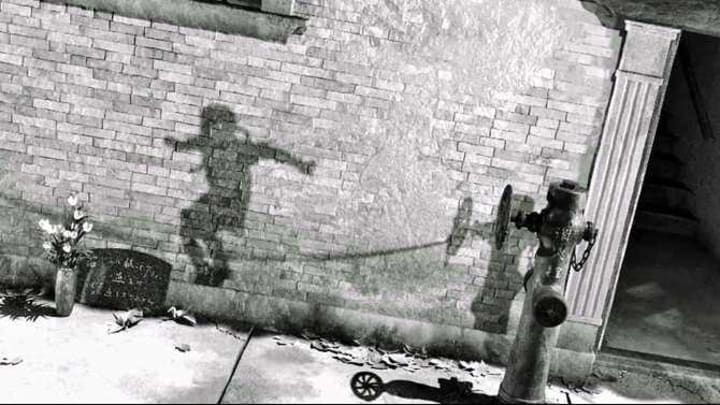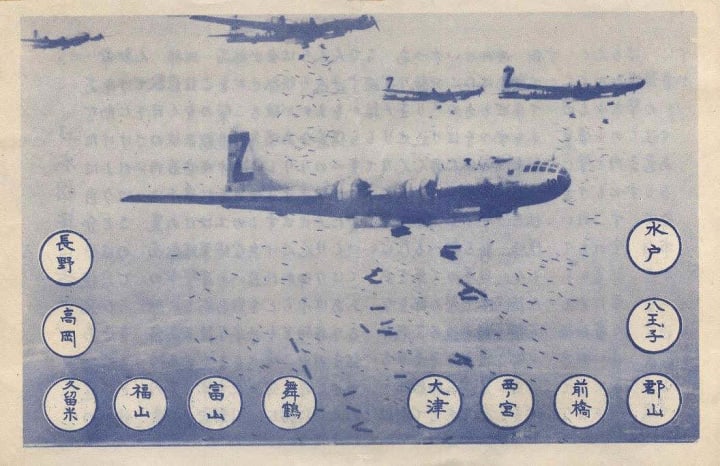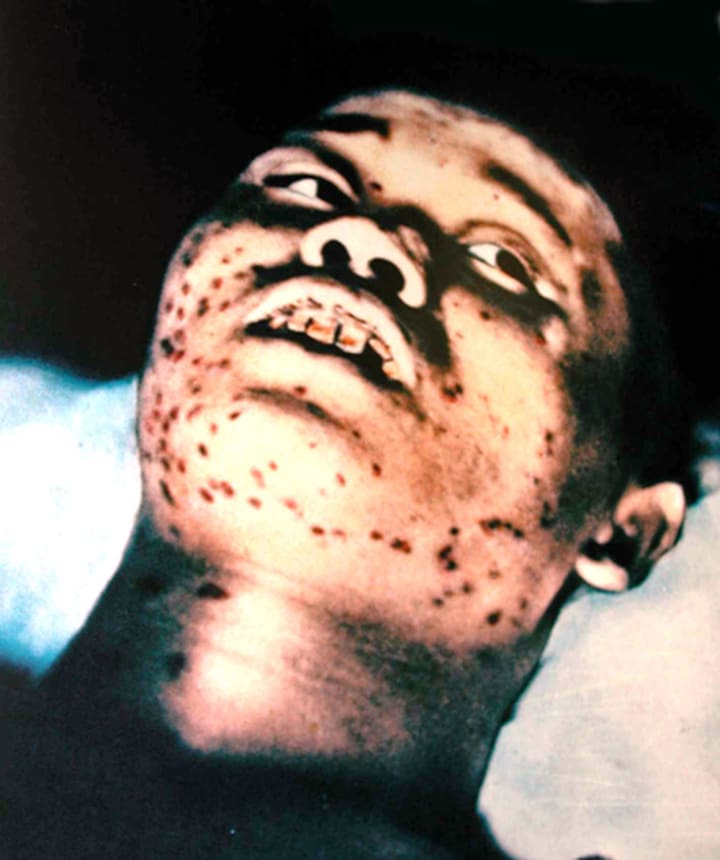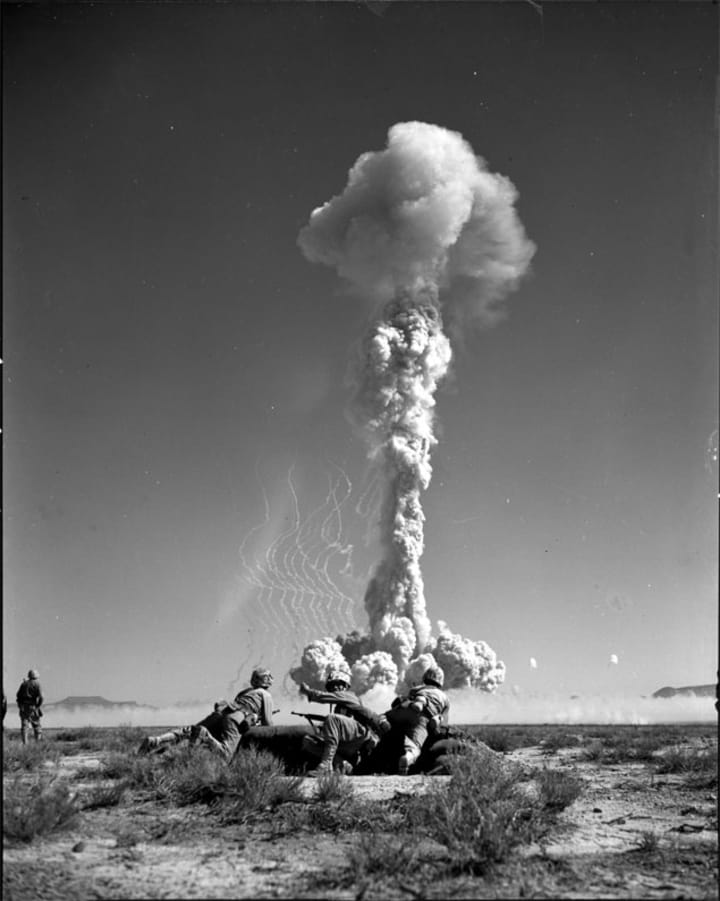15 Wild Facts About Hiroshima and Nagasaki
You think you know all the facts about Hiroshima and Nagasaki's bombings, but you'd be wrong. My money is saying that you don't know the half of it.

If there's one thing that fascinates me about World War II, it was the bombings of Hiroshima and Nagasaki. Prior to those two bombings, the world had never seen the might that nuclear fission can wield.
It seemed like a simple mission to those involved. Fat Man and Little Boy, the two bombs, were strapped onto B-29 bombers and flown over Japan. Then, the bombs were dropped. Airplane pilots who were in charge of dropping them were told to fly immediately upwards to avoid the blast—and they did.
The first bomb dropped on August 6, 1945. The second, days later. Within a week, the world realized that history was forever changed. These were not normal bombs.
When two bombs detonated, nothing was ever the same again. Neither medical professionals, nor civilians, nor scientists, nor military personnel were prepared to see the damage that these two bombs wrought upon the two cities.
Most World War II readers assume they know the facts about Hiroshima and Nagasaki. To a point, it's true. They have extremely fascinating stories that fill people in on just about everything related to the bombs.
They know the bombs were the "final straw" that made Japan surrender to Allied forces. They might know Fat Man was made with Uranium-235 while Little Boy used a Plutonium implosion base.
Call me cocky, but I'm willing to bet that you didn't know these interesting trivia facts.
Nagasaki was just a really, really unlucky city.

Believe it or not, Nagasaki was not the initial target of the United States. United States military personnel had five cities in mind when it came to dropping the bomb: Tokyo, Kyoto, Hiroshima, Niigata, and Yokohama.
Hiroshima was doomed from the get-go. However, US officials initially wanted to bomb Kyoto, not Nagasaki. The United States Secretary of War interceded after having spent his honeymoon there years before.
On August 11, the city of Kokura was supposed to be bombed instead of Kyoto. Unfortunately, inclement weather made it difficult for pilots to fly nearby. After running low on fuel, pilots traveled to Nagasaki and dropped the remaining bomb there.
Oddly enough, one of the most horrific photos of World War II was taken right outside of Nagasaki just as the bomb dropped. It shows the mushroom cloud just beginning to billow out of the city. This colorized version shows what witnesses first saw.
During the 1950s, nuclear bomb drill videos always instructed children to duck and cover under their desks. This may seem pretty useless in most situations, but if you're just outside of city limits, it could provide some seriously good protection.
The Japanese army was aware of the creation of the nuclear weapons, but weren't fully aware of their strength. Japanese officials were told to duck and cover at the sight of the pika-don ("flash-bang").
First responders did, and many survived solely for the fact. The public, unfortunately, was not made aware of these facts.
Thermal radiation vaporized people instantly, and cast permanent shadows on buildings.

This might be one of the more well-known facts about Hiroshima and Nagasaki, if you've gone on tours of the area. The sheer heat of the nuclear bombs vaporized people instantly and fused their ashes with the stonework behind them.
Buildings that survived the blast still show the shadows of people, just as they were when the blasts hit.
The United States actually tried to warn civilians about the bombings ahead of time.

The United States did many things that were wrong during the war, including the internment of Japanese citizens who had no ties left home. However, you have to give credit where credit is due.
One of the lesser-known facts about Hiroshima and Nagasaki is that both cities were given fair warning about the bombings prior to the drop dates. These were the pamphlets that were dropped, and on the back of them were warnings written in Japanese saying bombings would happen.
Worried about losing face, Japanese police officers arrested anyone who was caught with one prior to the bombings.
If you have ever read Hiroshima, one of the most disturbing books about World War II ever written, you might remember reading about how the rain turned black shortly after the bomb. The rain was described as unctuous and foul-smelling. The drops were large enough to hurt when they hit your skin.
Locals who saw this felt it was a godsend after seeing the city erupt into flames. As soon as they felt it on their skin, they opened their mouths to drink it in. What they didn't know was that the black rain was highly radioactive, and would end up killing thousands more after the initial blast they felt.
Many made the deadly mistake of swallowing the water, unaware that it would eventually kill them.
After the bombings at Hiroshima and Nagasaki, Japan was left in a state of shellshock. One artist created a movie that was meant to serve as an allegory to the horror that Japanese locals faced after witnessing the bombs' destruction.
That movie featured an ancient lizard with radioactive breath called Gojira. You might remember it as Godzilla. These days, it's hard to see the parallels between a giant lizard and the bombs.
Oh, but if you watch this movie trailer, it all might come back to you and realize the similarities really quickly. Godzilla was disturbed by atom bomb testing off the shore of Japan, which caused him to attack.
Hiroshima's official flower got its title from the bombings.

When the two cities were bombed, virtually all plants died nearby. Within city limits, not a single blade of grass was to be found. The first flower to push through all the radioactive rubble was the oleander. To celebrate the rebirth of life, Hiroshima declared it the official city flower.
Incidentally, oleanders are one of the most poisonous flowers known to man. Eating them can cause a heart attack in a healthy adult. It's both fitting and unnerving, isn't it?
Okay, so, they weren't actually zombies, per se, but they weren't actually that much alive, making this a fact about nuclear war worth knowing. They were called "ant-walking alligator people," and these poor beings only lasted for a couple of days after the blast.
These were people who were caught in the open air, close to ground zero. Their eyes, noses, arms, and legs had been burned off by the radiation. They could no longer speak. All they could do was crawl around making a sickening, hissing noises until they died.
In the book, Last Train from Hiroshima, one survivor stated:
“The alligator people did not scream. Their mouths could not form the sounds. The noise they made was worse than screaming. They uttered a continuous murmur — like locusts on a midsummer night. One man, staggering on charred stumps of legs, was carrying a dead baby upside down.”
Patterns from clothing got burned onto skin.

As if you needed another reason why nuclear war is terrifying, here's one more. One of the stranger facts about Hiroshima and Nagasaki bombing survivors is that many couldn't ever forget what they wore on the day they saw the pika-don. Literally, they could never forget.
Why? Because their clothing patterns were burned onto their skin. Women who wore floral patterns found themselves covered in flowers for the rest of their lives. Men who wore striped shirts found themselves covered in stripes.
People who were affected by the bomb became their own outcaste class.

After the bombs' destruction became apparent, people began to (rightfully) fear nuclear radiation. This meant that anything tied to either city became avoided at all costs—including the people. Those caught in the blast became known as hibakusha, or "people affected by the bombs."
Hibakusha became incredibly stigmatized by those who weren't hit by bombs. People were terrified of having them nearby, concerned that they would get radiation sickness from them. People refused to marry them because of the fear of having children who would be sick and die.
Those who could hide their hibakusha status did so, because those who were outed were rarely able to find work. Those who couldn't? Well, many killed themselves because of the isolation they faced.
Though they were affected by the horrors of war, many hibakusha ended up becoming some of the most vocal advocates of peace. The most famous one was Sadako Sasaki, a young girl who was only two years old when the bombs struck.
At 12 years old, she was diagnosed with radiation-caused leukemia. She became famous for folding 1,000 paper cranes thanks to the Japanese legend that suggested the feat would grant her a wish. However, the cranes alone were not the only thing she became famous for. She was a vocal advocate for peace throughout her short life. Though she died, her legacy carries on.
One of the most visited sites at the Hiroshima Peace Park is the statue devoted to Sadako.
Radiation sickness was made worse by the treatments offered up by those nearby.

One of the more shocking facts about Hiroshima and Nagasaki is that the radiation sickness treatments actually killed most of the people who went for help. Around 90 percent of all doctors who were around Hiroshima and Nagasaki died on blast impact.
Doctors at the site tried to treat radiation-affected people with vitamin A shots. Unfortunately, this turned into a complete shitshow for those who sought help. The areas where vitamin A was injected would usually turn necrotic.
Within hours, people would become covered with reddish-purple welts. Most died horrible, painful deaths.
You know how most movie clips show nuclear blasts that happen in eerie silence? Apparently, if you are close to an atomic bomb detonation, that's actually pretty much what you will see and hear.
In the famous book Hiroshima, one of the bombing victims noted that they never heard an explosion when the blast occurred. It was only those who were outside of the blast's inner radius that heard the explosion and high winds.
This unedited footage of the Nagasaki bombing will give you an idea of what people saw during that fateful day.
The US government already knew about the effects of the bombs, because they tested them on soldiers.

Did you ever wonder whether the United States knew what would happen when the radioactive fallout hit people? Well, they did. Prior to using the nuclear bombs in Japan, the United States government detonated nuclear bombs at Trinity, on Bikini Atoll.
They also started to look into the effects of nuclear fallout on soldiers—both during and after the war. To figure out how radiation harmed the human body, they would send soldiers into a field and detonate a nuke nearby. Many of the soldiers were exposed to dozens of tests like this.
The soldiers were never told of the risks or the dangers. Most died from cancers within the decades following the tests. The survivors are now called "atomic veterans," and have yet to see recognition from the US.
“When you put your hands over your eyes, you saw your bones in your hands and in your fingers.”—Wayne Brooks, atomic veteran
One of the more telling facts about Hiroshima and Nagasaki is that the very creators of the bomb were horrified at what they did—even though they helped win the war.
Upon seeing footage of the bombs, many scientists who worked on the A-bomb became deeply depressed. Some even commited suicide out of shame for what they did.
Several members of the Manhattan Project formed coalitions, including Pugwash, to help bring an end to nuclear weaponization. Many of them spent the rest of their lives advocating for the dismantling of weapons of mass destruction.
About the Creator
Ossiana Tepfenhart
Ossiana Tepfenhart is a writer based out of New Jersey. This is her work account. She loves gifts and tips, so if you like something, tip her!






Comments
There are no comments for this story
Be the first to respond and start the conversation.